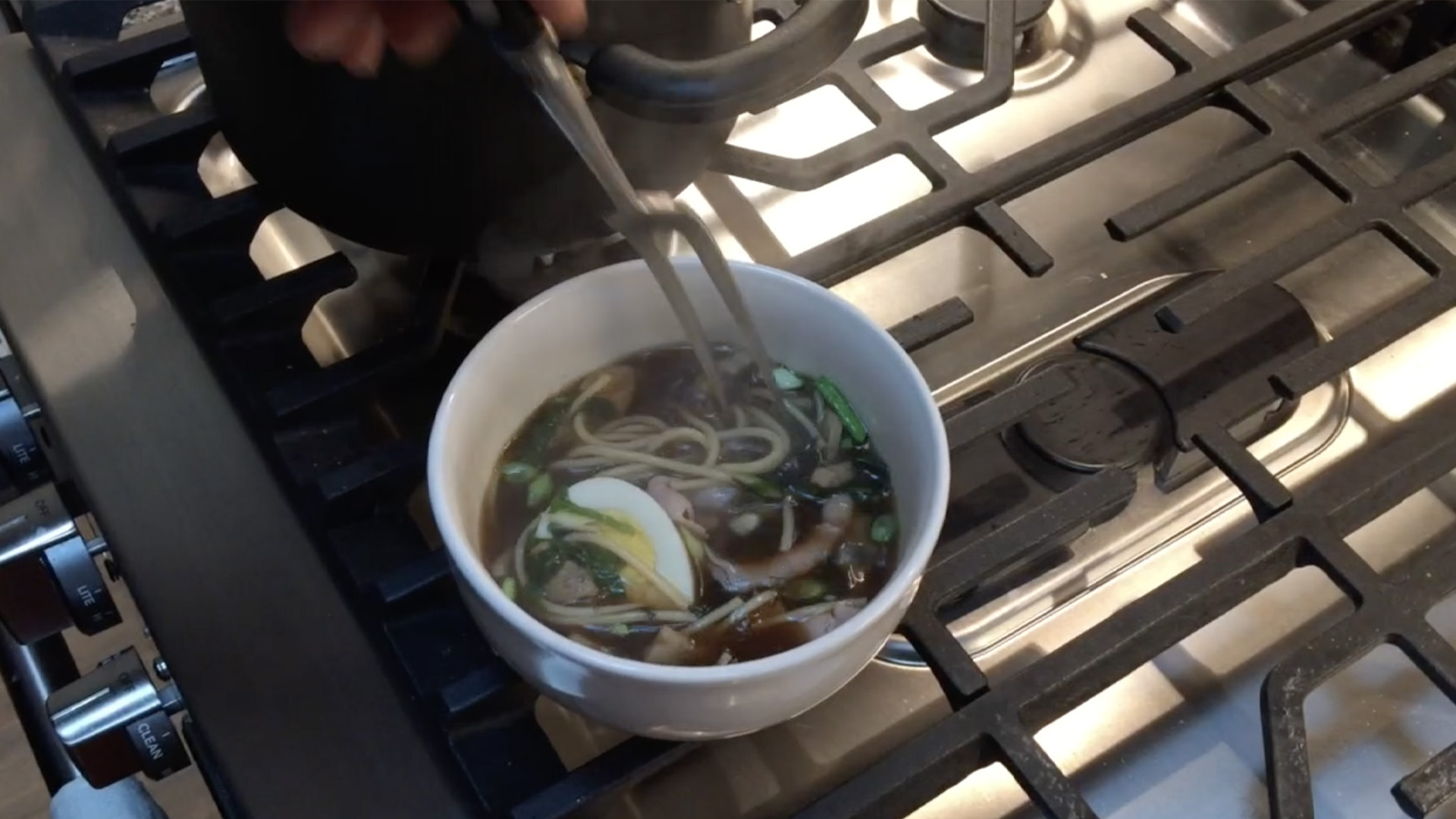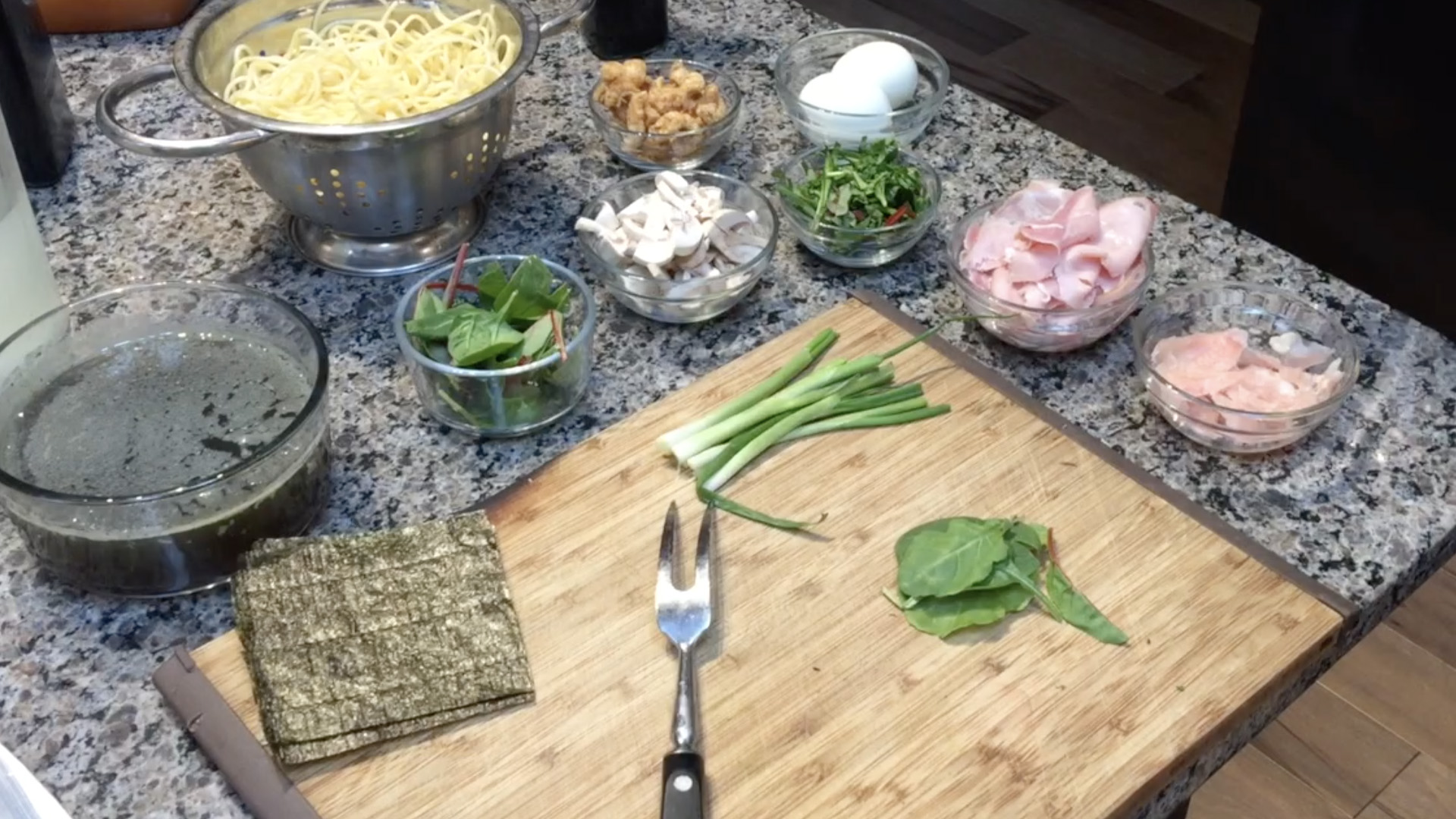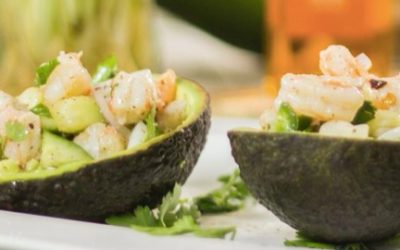
Think you got what it takes to navigate a soup bowl? Allow me to introduce yakamein, the culinary lovechild of Creole and Asian cuisine that’s been hiding in plain sight on New Orleans’ street corners.
This isn’t just any noodle soup. Yakamein is an edible tapestry woven with threads from different cultures, simmered over centuries into a mouthwatering masterpiece.
The dish is so good it could charm the spice off a cayenne pepper! And yet, yakamein remains largely unknown outside its hometown.
But fear not, dear reader! I’m here to spill the broth on this delectable secret. Get ready for an adventure through history and flavor that will leave you craving more yakamein than Mardi Gras beads!
*This post may contain affiliate links which means Pints, Forks & Friends may receive commission for purchases made through links. We only recommend products that we personally believe in and use. Learn more on our Privacy Policy page.

Unraveling the Origins of Yakamein
The culinary world is a delicious melting pot, and yakamein serves as one such flavorful testament. Known in some circles as yat gaw mein, this unique noodle soup brings together Creole and Asian flavors with aplomb.
A common theory suggests that Chinese immigrants who landed on New Orleans’ shores during the early 1800s introduced their traditional soups to local cuisine. Over time, these evolved into what we now relish as yakamein.
From Far East to Deep South: A Culinary Journey
An alternative narrative attributes this dish’s creation not only to our friends from China but also African American soldiers returning home after serving in the Korean War. These brave souls brought back more than just stories; they carried tastes sampled overseas which then found expression through dishes akin to today’s hearty bowlful of goodness called ‘yakamien’.
Celebrating Diversity Through Food
Few things bring people together quite like food does; it’s our universal language. In many ways then, yakamien represents diversity at its finest, a melting pot where multiple cultures converge harmoniously creating something truly unique yet familiarly comforting. Whether born out of Chinese immigrant tradition or influenced by experiences during Korean War times, yakamien stands tall today not merely as another tasty offering among New Orleans’ rich culinary landscape but rather, a symbol celebrating unity amidst diversity through love for good food.
The Ingredients That Make Up Yakamein
What’s the secret to a mouthwatering bowl of yakamein? It starts with an intensely flavorful beef broth, lovingly simmered from boneless chuck roast. But that’s just for starters. The actual sorcery begins when you incorporate marinade components like soy sauce and Worcestershire into the mix.
And we mustn’t overlook the hard-boiled eggs—a hallmark of an authentic yakamein dish—offering both a boost of protein and a textural counterpoint to the soft noodles and succulent beef strips.
Understanding the Role of Spices in Yakamein
Ah, now for the highlight—the spices. The gentle sweetness of onion powder is spot on, beautifully harmonizing with the other bold flavors. Learn more about onion powder here.
- Cayenne pepper offers heat for spice enthusiasts; this is what sets Creole dishes apart.
- Dried thyme and dried oregano are essential—adding earthy undertones that elevate each bite to a divine level. Discover the uses of thyme in cooking.
- Last but definitely not least: Cajun seasoning – it gives our beloved beef noodle soup its signature kick.
Serving up Tradition: Cajun Seasoning & Boiled Eggs
If you believe boiled eggs are merely for garnish—you’re in for a surprise, pal. They’re as steeped in tradition as they are in flavor. And let’s not forget the kick of cajun seasoning! This complex blend featuring paprika, garlic powder, salt, and black pepper adds another dimension altogether. Dust liberally over your completed meal—and just like that, you’ll feel like you’re in a New Orleans kitchen, no travel required. But hang tight—we’ve only just begun…
The Art of Cooking Yakamein at Home
Bringing the flavor and feel of New Orleans to your kitchen is simpler than you may expect. With a bit of patience, some key ingredients, and an adventurous spirit, you can whip up a bowl of yakamein that would make any street vendor proud.
Step 1: Marinating Your Beef Strips to Perfection
You see, it all starts with beef strips marinated in soy sauce along with other secret elements from your pantry. This isn’t just about making the meat tasty; oh no. It’s also about tenderizing those bad boys so they melt in your mouth when cooked on medium-low heat.
If garlic or ginger are calling out to be part of this flavor party – invite them over. Remember though: every ingredient has its role here for creating this sensational noodle soup.
Step 2: Mastering The Noodle Game
Noodles next? You betcha. We’re talking spaghetti noodles here folks – nothing fancy but oh-so essential. Cook ’em al dente as per package directions because nobody likes mushy noodles ruining their slurping game.
Cooking Tip:
Different brands may have slightly varying cooking times mentioned on their packages – always keep an eye out for these instructions.
Step 3: Simmer Until Tender Is An Understatement
Now we’ve arrived at what some might dub “the core” (or perhaps the “essence”?) of our dish—the stewed beef strips. Patience is indeed a virtue while slow-cooking these marinade-infused morsels until they’re practically begging to fall apart. This method gives enough time for flavors to marry beautifully while developing a richly flavored base broth.
Serving Up Yakamein Like a Local
Yakamein, that delicious blend of Creole and Asian flavors in one comforting noodle soup dish. Traditionally served up at corner stores across New Orleans, often handed over the counter in nothing more than a styrofoam cup. It’s accessible comfort food for locals who crave it.
You too can recreate this beloved local favorite right from your kitchen. Here’s how to serve yakamein like they do down south:
Create Your Own Corner Store Experience
The first step is all about presentation. The corner store simplicity – large bowls or even take-out containers are perfect vessels for serving up homemade yakamein just as they would on North Claiborne Avenue.
Garnish with sliced green onions before you hand out those dishes – not only does it add color but also provides an extra crunch which balances perfectly against soft noodles and tender beef strips.
To elevate your dining experience, consider setting the mood. Let soft jazz tunes fill the air, or drape Mardi Gras beads about — evoking memories of New Orleans will truly make a difference here.
Pour Yourself Some Craft Beer
A culinary adventure isn’t complete without considering drink pairings – after all, we’re talking Pints too. When paired correctly, beverages can elevate dishes by complementing their flavors beautifully.
Yakamein’s robust profile makes it ideal for pairing with craft beers, particularly those brewed locally.
An amber ale such as Abita Amber offers caramel notes which harmonize well with yakamein’s savory components while its moderate bitterness offsets any spiciness present.
Alternatively, lighter lagers provide refreshing contrast against richer elements found within our noodle soup, helping cleanse the palate between bites, allowing each mouthful to taste as good as the first one did.
- If beer doesn’t quite cut the mustard, why not try a Sazerac?
This official cocktail of NOLA itself, a rye whiskey-based libation, adds another layer of complexity to the proceedings thanks to an aromatic absinthe rinse and lemon peel
Key Takeaway: Master the art of serving yakamein like a true New Orleans local. Create your own corner store ambiance with large bowls, green onion garnish, and jazz tunes in the background. Pair this Creole-Asian fusion dish with craft beers or a classic Sazerac for an authentic dining experience.
FAQs in Relation to Yakamein
What is the difference between yakamein and ramen?
While both are noodle soups, yakamein originates from New Orleans with Creole and Chinese influences, whereas ramen is a traditional Japanese dish. The ingredients and flavors differ significantly due to their distinct cultural origins.
Is yakamein a Chinese food?
No, although it has some Chinese influence. Yakamein is actually a fusion dish popular in New Orleans that combines elements of both Creole and Asian cuisines.
What is yakamein in Chinese?
The term “yakamein” does not directly translate into any specific word or phrase in Chinese. It is believed to be derived from “yat gaw mein,” which refers to one-pot meals featuring noodles.
What is yakamein made of?
A typical bowl of yakamein consists of beef broth made from chuck roast, spaghetti noodles, boiled eggs, green onions, soy sauce, and Worcestershire sauce along with various spices including cayenne pepper for heat.
Conclusion
Yakamein is a delicious fusion of Creole and Asian flavors, with an intriguing history that spans continents and centuries.
This noodle soup has evolved into a beloved staple in New Orleans, served up in corner stores across the city.
The key to its unique taste lies in the blend of ingredients – from beef broth made from chuck roast to soy sauce marinade and Creole seasoning for that added kick.
Cooking yakamein at home can be quite an adventure too, marinating beef strips with soy sauce or simmering meat until tender on medium-low heat.
You can even add your personal touch by adjusting spice levels with hot sauce or garnishing it just right before serving.
Ready to dive deeper into this culinary journey? Join us at Pints, Forks & Friends where we explore local bars, restaurants, and BBQ content like never before! Experience more than just food – savor stories behind each dish like Yakamein while connecting with fellow food enthusiasts. If you liked this post check out: Hangover Soup, Yakamein might be just the recipe for New Year’s Day
The Latest…
Quarantine Recipe – Peruvian Shrimp and Avocado Ceviche by Chef Dan
Here is quick and easy #ChefDan #Peruvian Shrimp &...
Quarantine Recipe – Gluten Free Fried Chicken Recipe by Chef Dan
#ChefDan #Quarantine #Recipe. Protein Rich, Gluten Free...
Curated Quarantine Recipes
Curated Quarantine Recipes: A Culinary Journey with Pints,...



